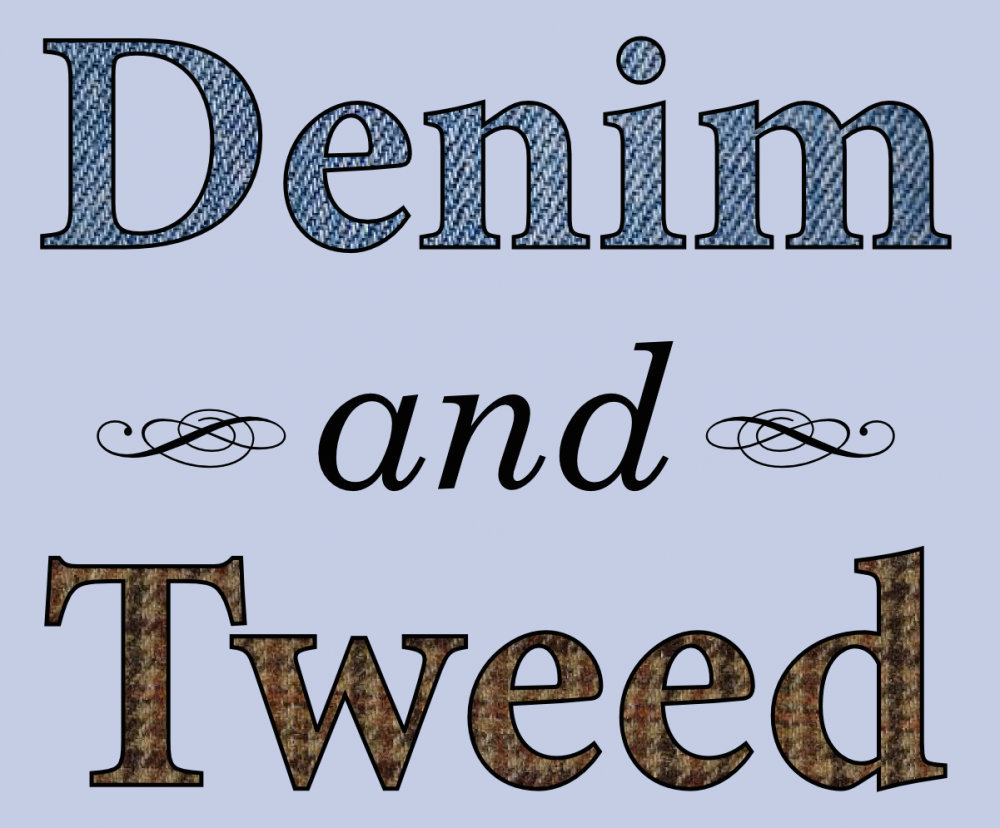 Consider a population of guppies living in the Aripo River in Trinidad. They have a happy existence, as far as guppies can be happy, but their lives are shaped by the constant threat of larger, predatory fish. The river runs clear over a colorful gravel bed, and guppies who stand out against that background are eaten quickly. Even guppies whose coloration helps them blend in have to be ready to make a break for it if a predator shows up. All in all, a guppy’s chances of surviving to mate depends most on its ability to hide from bigger fish, and to swim quickly when it can’t hide.
Consider a population of guppies living in the Aripo River in Trinidad. They have a happy existence, as far as guppies can be happy, but their lives are shaped by the constant threat of larger, predatory fish. The river runs clear over a colorful gravel bed, and guppies who stand out against that background are eaten quickly. Even guppies whose coloration helps them blend in have to be ready to make a break for it if a predator shows up. All in all, a guppy’s chances of surviving to mate depends most on its ability to hide from bigger fish, and to swim quickly when it can’t hide.
Then one fine day a biologist comes along, scoops up a couple hundred guppies, and moves them to a pool in a tributary of the river. The pool is separated from the mainstream by a series of waterfalls, so larger fish can’t swim up—the guppies are now free from their most dangerous predators. They can be fruitful and multiply. In this new habitat, camouflage and evasive maneuvers don’t matter so much. What does matter is finding enough food to make some babies in the midst of a whole bunch of other guppies who are also not particularly worried about predators.
John Endler started the experiment I’ve just described back in 1976 to see whether guppies’ coloration helps them hide from predators [PDF]. The guppies he moved to a predator-free stream have continued to evolve, though, and three decades later, new studies are showing how release from predators changed the guppies—and how those changed guppies could be changing the living community around them.
Since the 1976 introduction, Endler and other biologists have tracked the Aripo River guppies’ response to the change in natural selection he created. Release from predators is considered one of the classic sources of ecological opportunity that can free a population to evolve new traits and behaviors, and explore new ways of making a living. At the same time, a sudden lack of predators means that competition within the population can become stronger.
 Points of measurement for guppy body and head shape, illustrated on a stained specimen. Image from Palkovacs et al, fig. 1.
Points of measurement for guppy body and head shape, illustrated on a stained specimen. Image from Palkovacs et al, fig. 1.In one study just published by PLoS ONE, Eric Palkovacs and two colleagues compared the body shape of guppies from the experimental population with guppies from the source stream. (Endler had noted changes in body shape along with changes in coloration in his original paper.) First, Palkovacs and his coauthors gauged how rapidly female guppies taken from each site snapped up standardized food. Then they killed the test fish, treated them with stain, and measured their body and head shape. Fish from the site with lower predation ate faster, and they had bigger mouths and deeper bodies than fish from the site with more predators.
Palkovacs and his coauthors also observed that the guppy populations at the experimental site were denser—without predators thinning them out, the fish are probably most limited by their food supply. A study published last year in PNAS suggests that this denser guppy population might reshape its own environment. The paper’s authors created artificial ponds stocked with algae and small invertebrates, then introduced guppies from the high-predation source site or from the low-predation experimental site. They also controlled for the differences in guppy population density associated with predator pressure, maintaining the fish at either the high density observed with low predation, or the lower density observed with high predation.
Where the guppies came from made a significant difference in the artificial ecosystems, and these differences were in some cases exaggerated by the increased population density caused by predator release. Guppies from the “released” site ate less selectively than guppies from the site experiencing higher predation, who favored invertebrates over algae. As a result, guppies from the released site were associated with less algae growth, and higher invertebrate population density. Probably because they ate more plant matter, guppies from the released site also excreted less nitrogen, reducing the nutrient’s availability for plant growth.
These results echo a study I discussed last year, which used a very similar approach to show that speciating sticklebacks can change their environment. It’s another reminder that evolutionary change can feed back to change the environmental conditions that prompted change in the first place—that natural selection operates in the midst of continuous change.
References
Bassar, R., Marshall, M., Lopez-Sepulcre, A., Zandona, E., Auer, S., Travis, J., Pringle, C., Flecker, A., Thomas, S., Fraser, D., & Reznick, D. (2010). Local adaptation in Trinidadian guppies alters ecosystem processes. Proc. Nat. Acad. Sciences USA, 107 (8), 3616-21 DOI: 10.1073/pnas.0908023107
Endler, J. (1980). Natural selection on color patterns in Poecilia reticulata. Evolution, 34 (1), 76-91 DOI: 10.2307/2408316
Palkovacs, E., Wasserman, B., & Kinnison, M. (2011). Eco-evolutionary trophic dynamics: Loss of top predators drives trophic evolution and ecology of prey. PLoS ONE, 6 (4) DOI: 10.1371/journal.pone.0018879













